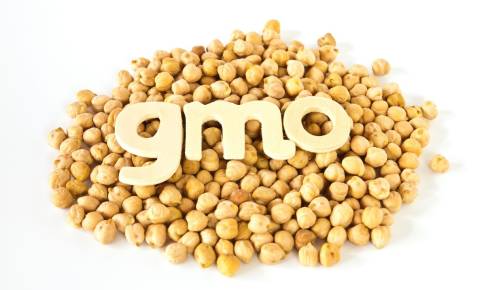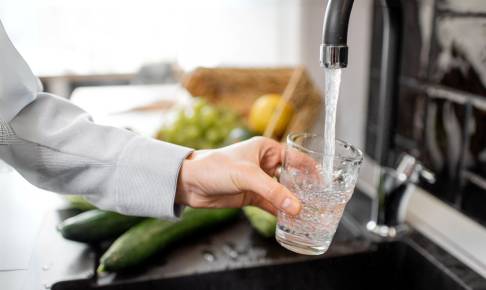Dutch Government introduces new allergen policy, adjusting reference doses
The Dutch Ministry of Health, Welfare and Sport (VWS) has announced a new allergen policy that is set to revolutionize the way cross-contact with allergens is managed. The policy aims to provide enhanced protection for allergic consumers while ensuring a more practical approach for food manufacturers. This comprehensive policy has been developed through extensive collaboration between the government, industry representatives, and patient organizations.
The previous Dutch allergen policy, implemented in 2016, introduced temporary reference doses for allergen risk assessment, deviating from a zero-tolerance approach. However, these values were considerably lower than those recommended by the VITAL system, causing discrepancies and confusion within the industry. Additionally, the policy did not recognize precautionary allergen labeling (PAL) as a valid notification method. As a result, products were being withdrawn from the market based on PAL warnings, leading to legal disputes.
The low Dutch reference doses from 2016 have been abolished after the publication of the new values.
Recognizing the need for a more integrated and credible approach, VWS initiated discussions with various stakeholders, including the Dutch Food Industry Federation, the Dutch Food Trade Bureau, and patient and consumer organizations such as the Food Allergy Foundation and the Dutch Celiac Association. These discussions, combined with an evaluation of the 2016 reference values by the Risk Assessment Bureau (BuRO), led to the development and ratification of the new policy.
The new Dutch policy regards only pre-packaged foods, and it focuses on three key aspects: reference doses, the use of PAL, and guidelines for managing cross-contact with allergens.
The reference doses have been revised based on international recommendations from the FAO/WHO and are expected to be harmonized globally through the Codex Alimentarius. These revised reference doses will provide a more accurate and reliable measure of allergen concentrations, ensuring better protection for allergic consumers.
The policy also addresses the use of PAL, emphasizing that it should only be employed when a real risk to allergic consumers exists. Precautionary labeling should not be used as a means of covering manufacturers' liability. The wording of PAL has been standardized to “May contain xxx” (preferred by patient organizations) or “Not suitable for xxx”, indicating the presence of allergens, while terms like "May contain traces of xxx" or "Made in a company that also processes xxx" are no longer permitted. This change aims to provide clearer information to consumers and enable them to make informed decisions based on their individual risk assessments.
To assist food manufacturers in implementing the new policy, the industry, in consultation with the Dutch Food and Consumer Product Safety Authority (NVWA), has developed comprehensive guidelines for managing cross-contact with allergens. These guidelines emphasize preventive measures and outline steps for risk assessment, risk communication, and validation of cleaning processes. The focus is on minimizing cross-contact rather than relying solely on PAL.
The new Dutch allergen policy will be implemented gradually, allowing companies a two-year transition period to adjust their practices. From January 1, 2026, the policy will be fully enforced. The Ministry of Health, Welfare and Sport, along with patient organizations and the Nutrition Center, will play an active role in educating and informing consumers about the changes.
The Dutch government hopes that this new policy will set an example for other countries and contribute to the harmonization of allergen management practices.
Source:






















